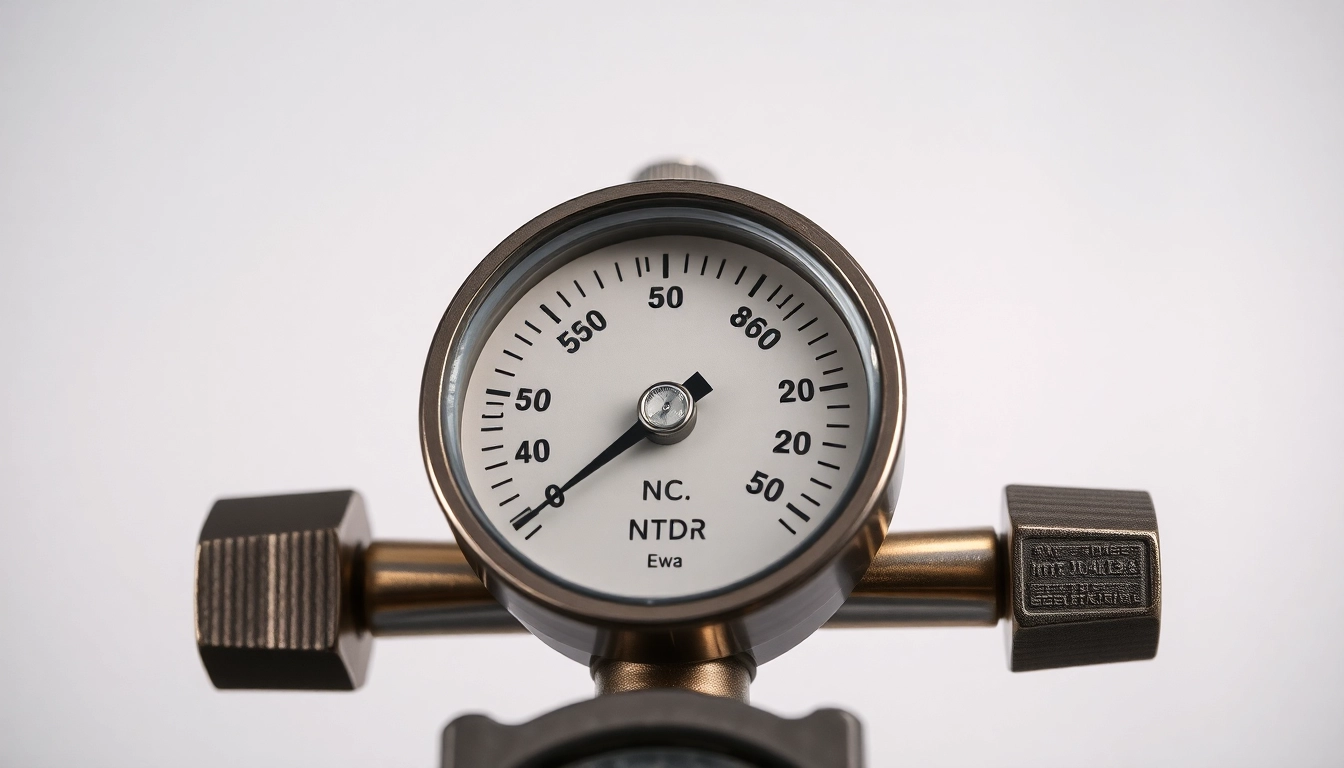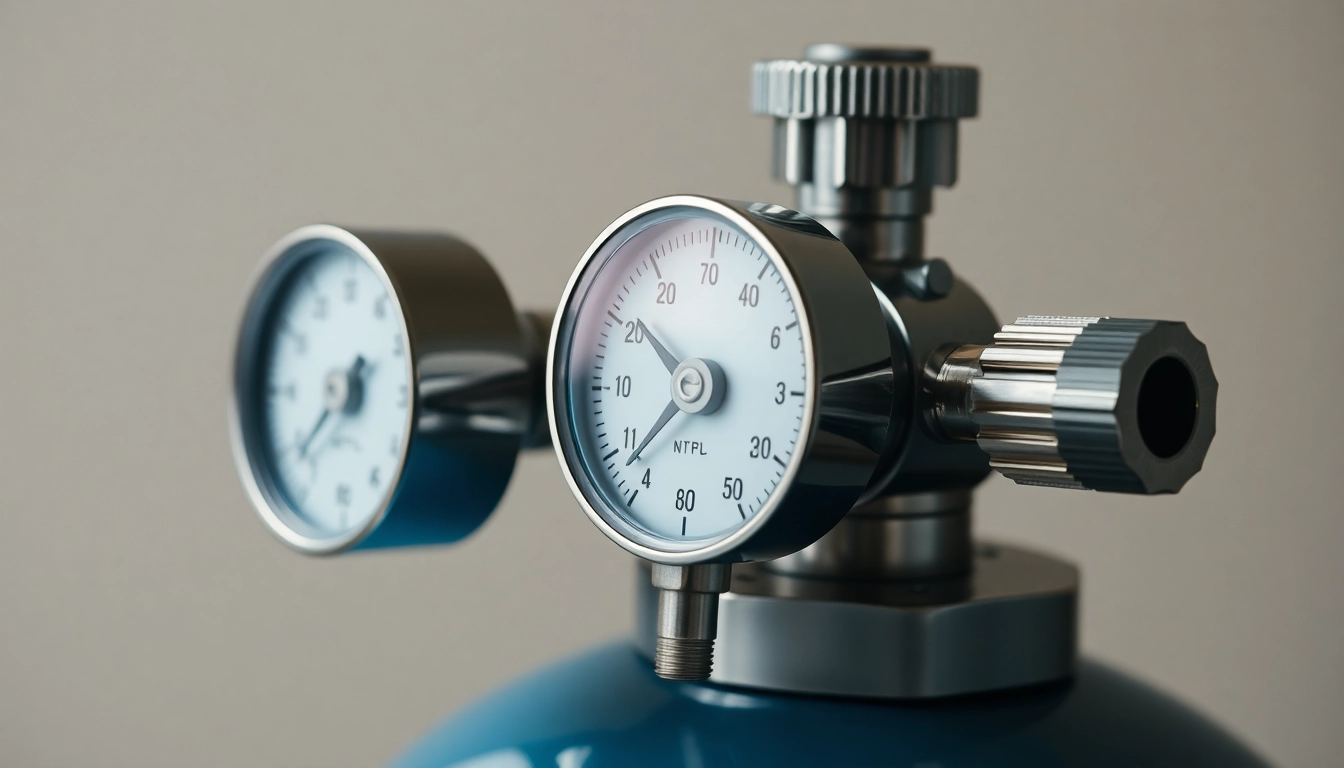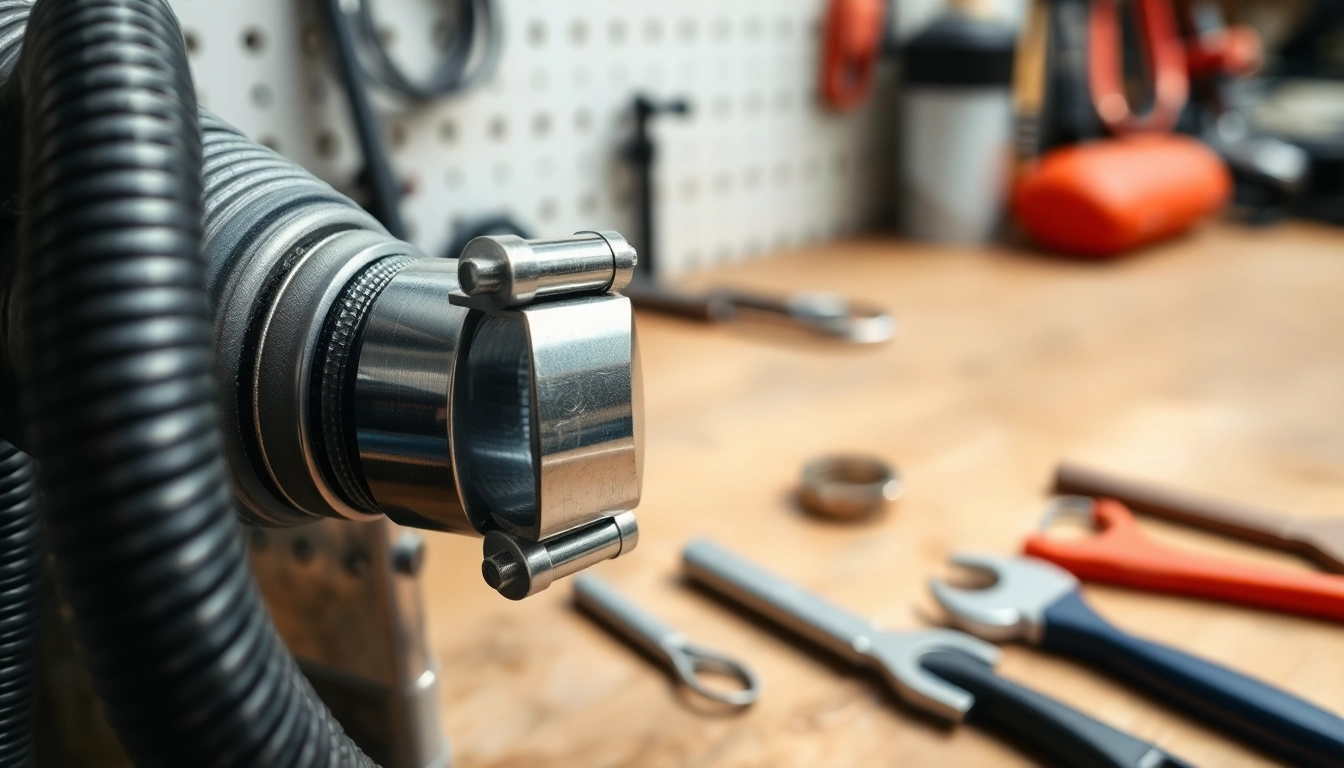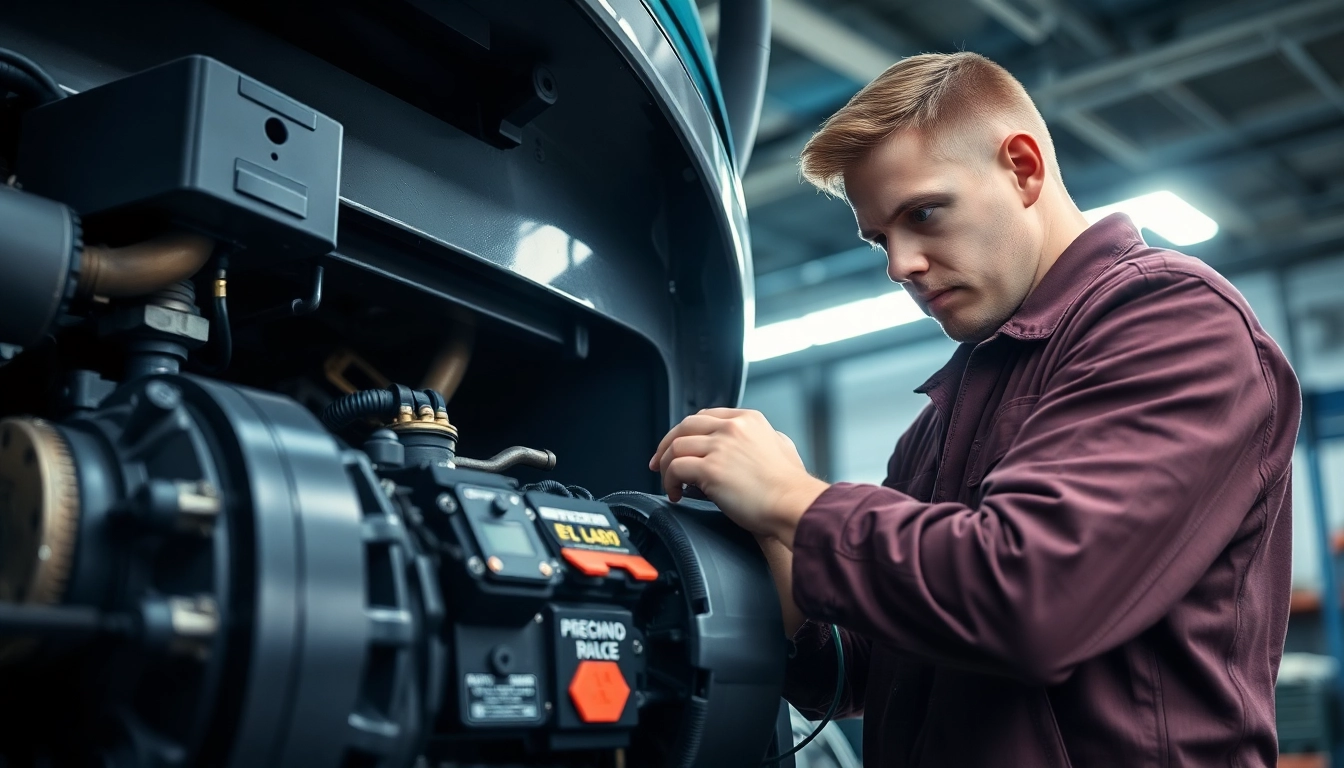Understanding the Function of Nitrogen Regulators
What is a Nitrogen Regulator?
A nitrogen regulator is a crucial device used to control the pressure of nitrogen gas coming from a nitrogen cylinder. The primary function of a nitrogen regulator is to reduce the high tank pressure to a lower, usable pressure that can be safely applied in various applications such as welding, refrigeration maintenance, and medical uses. These regulators ensure a consistent flow of nitrogen gas and maintain the desired pressure during operation, which is vital for the effective functioning of equipment and processes that utilize nitrogen.
When working with a nitrogen regulator, one can expect an essential integration of safety and efficiency in handling this inert gas. The construction typically includes features such as a flow control valve and pressure gauge, which provide users with both safety and accuracy when using nitrogen.
The Importance of Pressure Control
Accurate pressure control is fundamental in any application utilizing nitrogen. Inadequate pressure can lead to equipment malfunction, safety issues, and a lack of effectiveness in various processes. For instance, in the food and beverage industry, nitrogen is used in packaging to prevent oxidation. If the pressure is not controlled properly, it can lead to spoilage of products. Similarly, in welding applications, nitrogen is often used to shield the weld area. Too high or too low pressure could compromise the integrity of the weld.
Moreover, nitrogen regulators contribute to safety in facilities that use nitrogen in industrial processes. They minimize the risk of accidental over-pressurization, which could lead to equipment damage or catastrophic failures. By controlling the pressure, nitrogen regulators ensure a safe operating environment while maximizing process efficiency.
Applications Across Industries
Nitrogen regulators have a wide array of applications across various industries. Below are some key sectors where nitrogen regulators play a vital role:
- Welding: Nitrogen is used as a shielding gas in various welding processes to prevent oxidation and contamination of the weld seam.
- Food and Beverage: Nitrogen is often employed in the packaging process to replace oxygen, thereby extending shelf life and maintaining quality.
- Pharmaceuticals: In pharmaceutical manufacturing, nitrogen is crucial for inerting processes, preventing oxidation of sensitive drugs.
- Aerospace: Nitrogen is used for purging fuel tanks and lines, as well as in test circuits for structural integrity during the production of aircraft.
- HVAC: In heating, ventilation, and air conditioning systems, nitrogen is often used for pressure testing systems to ensure there are no leaks before filling with refrigerants.
Types of Nitrogen Regulators
Single vs. Dual Outlet Regulators
Nitrogen regulators come in different configurations, including single and dual outlets, which cater to specific operational needs. A single outlet regulator is ideal for applications that require a single flow of nitrogen, whereas dual outlet regulators allow for two separate lines of nitrogen gas to be controlled from one source. This can be particularly beneficial in scenarios where simultaneous operations are needed, such as in industrial processes where multiple tools or equipment operate at once. Moreover, having dual outlets enables facilities to minimize downtime by allowing quick switching without the need to disconnect and reconnect equipment.
Adjustable vs. Preset Options
Another classification is between adjustable and preset nitrogen regulators. Adjustable regulators enable users to customize the output pressure according to their specific needs, providing greater versatility and control. This is particularly useful in processes that may require frequent adjustments to optimize performance. On the other hand, preset regulators come calibrated from the manufacturer and are designed for operations that require consistent pressure without the need for user adjustments. This can reduce the risk of human error and enhance safety in environments where precise pressure levels are critical.
Choosing High-Pressure Models
High-pressure nitrogen regulators are specifically designed to handle the extreme pressures present in nitrogen cylinders. These models are essential in industrial applications where large volumes of nitrogen are needed, such as in heavy machinery maintenance and structural testing. When selecting a high-pressure regulator, one must consider factors like the maximum inlet pressure, output range, and material compatibility to ensure that the regulator can withstand the demanding conditions without failure.
Key Features to Consider
Material and Build Quality
The material used in the construction of nitrogen regulators significantly impacts their performance and durability. Generally, brass is commonly used because of its excellent resistance to corrosion and its ability to handle high pressures. However, regulators made from stainless steel may be preferable in corrosive environments or when working with reactive gases. The build quality not only affects the reliability of the regulator but also its longevity. Users should look for regulators with robust seals and precision machining to ensure they can withstand rigors of industrial applications.
Flow Rate and Precision
Flow rate is another critical feature of a nitrogen regulator. The flow rate indicates how quickly nitrogen can be delivered to the application. For processes that require rapid changes in demand, such as in pneumatic systems, higher flow rates may be essential. Precision is equally important; therefore, choosing a regulator that provides consistent flow and pressure is vital for operational efficiency. Look for regulators with gauge displays to monitor pressure effectively, steering clear of models that lack visual indicators, which could compromise safety and usability.
Safety Features and Compliance
Safety should always be a top priority when working with high-pressure gases like nitrogen. Many modern nitrogen regulators feature safety valves that automatically vent excess pressure, ensuring that users are protected from dangerous surges. Furthermore, compliance with industry standards such as NFPA (National Fire Protection Association) and OSHA (Occupational Safety and Health Administration) is essential in selecting a nitrogen regulator. Choosing compliant products helps avoid legal issues and promotes a safer working environment by adhering to established safety protocols.
How to Select the Right Nitrogen Regulator
Assessing Your Needs
Selecting the right nitrogen regulator begins with understanding your specific needs. Factors to consider include the intended application, required flow rates, pressure settings, and the necessary features for safe operation. Regulatory and environmental conditions may also dictate the choice, necessitating careful consideration of the operational context in which the regulator will be used. Conducting a thorough assessment will guide you in choosing a model that’s suited to your operational demands.
Comparing Top Brands
When it comes to nitrogen regulators, numerous brands offer various features and pricing. Some leading manufacturers are Uniweld, Victor, and Radnor, each with a reputation for reliability and innovation. Researching and comparing these brands, their reviews, and the specific models they offer can provide clarity on which regulator suits your needs best. Look for user experiences highlighting their longevity, ease of use, and customer service support, as these factors can impact your overall satisfaction with the product.
Pricing and Value Considerations
Pricing for nitrogen regulators can vary significantly based on features, brand, and specifications. While it might be tempting to select the least expensive option, it’s crucial to consider the long-term value of the investment. Cheaper models may save upfront costs but could lead to higher maintenance fees, gas losses due to inefficiencies, and safety concerns. Evaluating life cycle costs is essential, weighing initial purchase price against expected performance, durability, and reliability over time.
Best Practices for Using Nitrogen Regulators
Installation Tips
Proper installation of nitrogen regulators is vital to ensure safe and efficient operation. First, before installing, make sure that the regulator is compatible with the specific nitrogen cylinder and application needs. Ensure to read the user manual thoroughly and follow manufacturer guidelines during set-up. Choose a stable mounting location where the regulator is protected from hazards, and ensure all connections are tight and leak-free. Regularly inspecting connections and valves during installation contributes significantly to operational safety.
Maintenance and Troubleshooting
Regular maintenance is paramount to prolonging the life of your nitrogen regulator. This includes routine checks for leaks, ensuring gauges are functioning correctly, and replacing worn seals or filters. If any irregularities are detected—such as fluctuating pressure readings or unusual sounds—it’s essential to troubleshoot issues promptly. Clean the regulator as necessary and inspect for any blockages that could impede flow. Most manufacturers provide guidelines for standard maintenance practices that should be followed closely to prevent significant malfunctions.
Ensuring Safety During Use
Safety during the use of nitrogen regulators cannot be overstated. Operators should always wear personal protective equipment (PPE), such as safety goggles and gloves, when working with compressed gases. Never exceed the recommended pressure limit of the regulator or the gas cylinder it’s attached to; doing so could result in hazardous situations. Regular training for staff on recognizing irregular pressure levels and emergency response protocols can significantly enhance safety in environments utilizing nitrogen gas.



